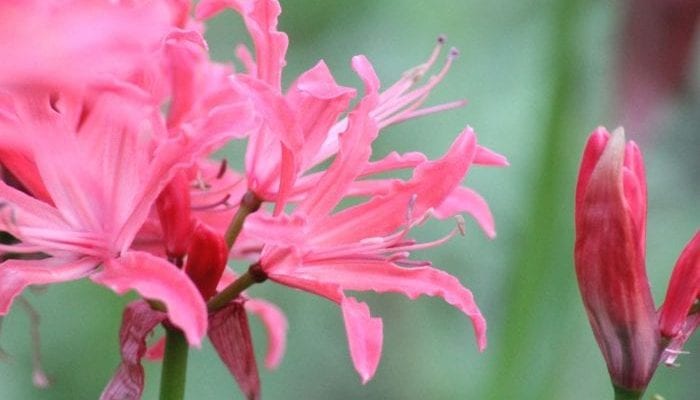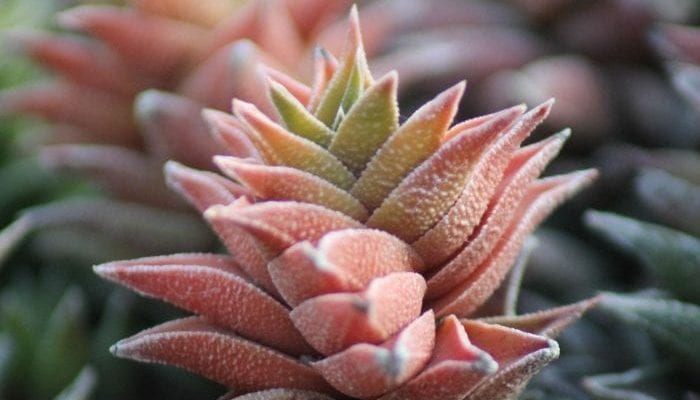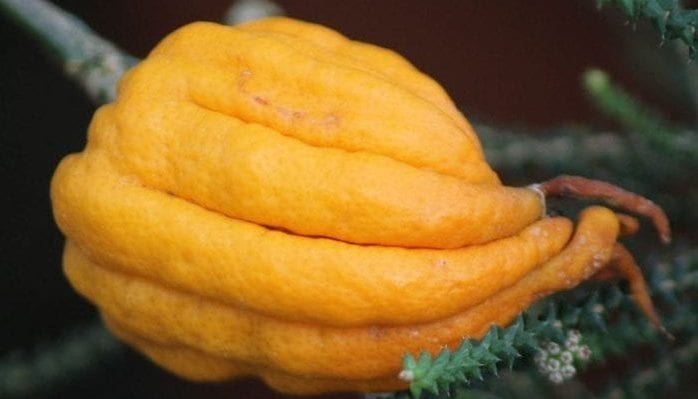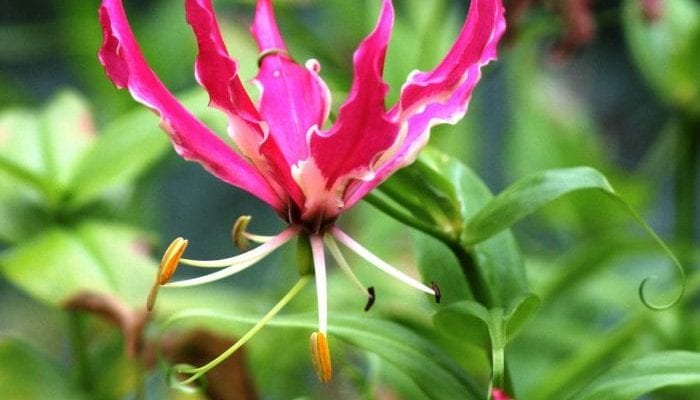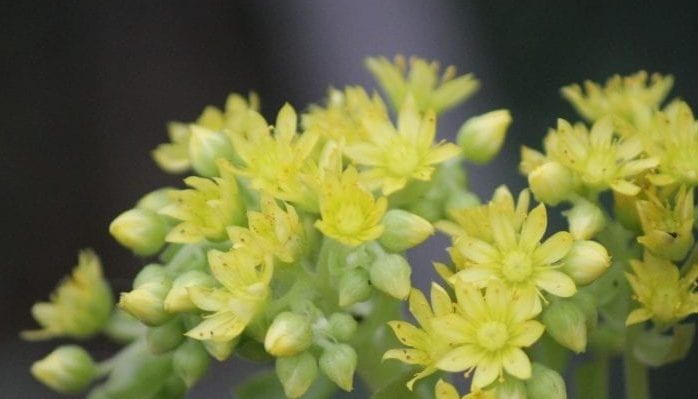This glasshouse is home to plants from the garden’s Evolution Collection, including Adaptation to the Environment Displays and some of the garden’s Mediterranean Climate Regions Collection as well as plants from the garden displays of African fynbos, Canary Islands flora and arid land plants.
The central display is planted to illustrate different but interconnecting plant communities, known as biomes, representing the Western, Southern and Eastern Cape regions of South Africa. In the wild these communities represent the greatest diversity of plant species to be found anywhere in the world and are collectively known as the Cape Floral Kingdom. On display are plants representing fynbos, succulent karoo, nama karoo and thicket biomes. These are home to some very attractive and striking plants including: the bird pollinated king protea, Protea cynaroides and coral aloe, Aloe striata, the aromatic kapok bush, Eriocephalus ericoides and the ancient karoo cycad Encephalartos lehmannii.
A display of tender Australian Proteaceae such as Banksia, Grevillea, Hakea and Lomatia form part of a permanent display featuring plants from the Mediterranean Climate Region of Western and Southern Australia. In particular plants from the heathlands of Western Australia. The complements the African fynbos display both being home to the Proteaceae family with dramatic examples of adaptation to the environment.
Old World (African) stem and leaf succulents including: Euphorbia horrida and Aloe plicatilis are displayed alongside (New World) American stem and leaf succulents including: Echinocactus grusonii and Furcraea longaeva highlighting striking examples of convergent evolution to survival in seasonal arid desert environments.
A large collection of species pelargoniums is grown as an illustration of adaptive radiation. (Diversification of a species or single ancestral type into several forms that are each adaptively specialized to a specific environmental niche).



